13 Wild Animals in Comoros [Wildlife in Comoros]
Want to know more about the wildlife in Comoros?
Discover 13 wild animals in Comoros in this post, as well as interesting facts about them. 🇰🇲
Learn All About Comorian Animals
Ready to learn all about Comorian animals?
I’ve always been fascinated by animals, and by how they can be so different from one country to another. In this guide, we’ll focus on the many animals Comoros has on the land, in the sky, and underwater.
I’ve split the guide into 4 categories:
- Native animals from Comoros
- Endangered animals of Comoros
- What is the national animal of Comoros?
- How many animals native to Comoros?
Let’s dive in right away with our first category!
Native Animals from Comoros
Comoros is an archipelagic African country located in the southeastern part of the continent, above Madagascar. It is one of the smallest countries in all of Africa, and it is an Islamic country. It shares maritime borders with Mozambique, Seychelles, Tanzania, Madagascar, and Mayotte, and its capital and largest city is Moroni, which counts more than 111,000 inhabitants.
An interesting part of the country that I wanted to tackle is its wildlife. In light of that, I have listed the best of it, and I hope you will love learning what animals live in Comoros.
Here’s the Comoros animals list.
1. Subantarctic fur seal
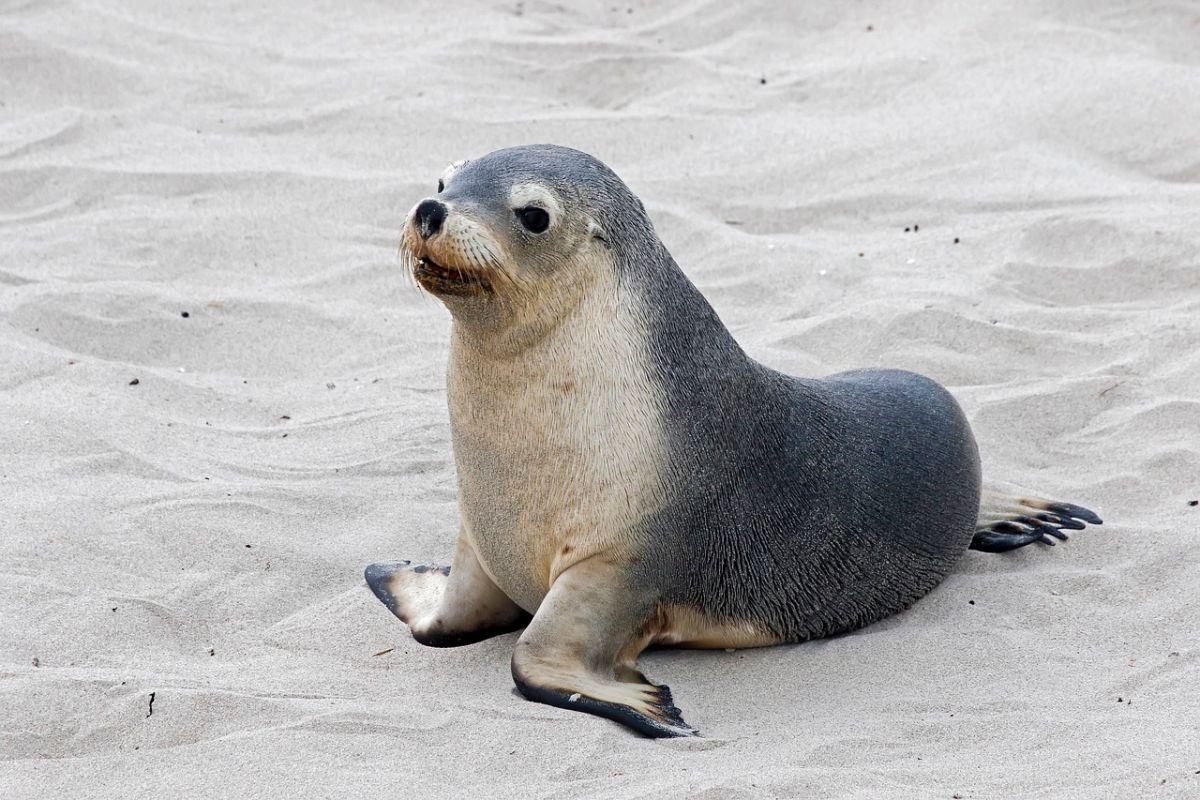
- Name: Subantarctic fur seal
- Scientific name: Arctocephalus tropicalis
- Conservation status:
The subantarctic fur seal is a medium-sized species of seal native to the Indian, Pacific, and Atlantic Oceans. It is sexually dimorphic, as males grow to around 2 m / 6.5 ft and 160 kg while females stay at 1.4 m / 3.3 ft and 160 kg. On top of that, males are usually gray or black, and females are much lighter.
Usually, it hunts in shallow waters and feeds on squid and fish.
2. Madagascan pygmy shrew
- Name: Madagascan pygmy shrew
- Scientific name: Suncus madagascariensis
- Conservation status:
The Madagascan pygmy shrew is a species of mammal native to Madagascar and Comoros. It is the only shrew on the islands and is part of the family “Soricidae”.
This species might be the same as the Etruscan shrew, which is the smallest known mammal by mass, and it can be found at up to 1,500 m / 4,921 ft. Usually, it lives in dry forests and is a solitary and nocturnal animal.
3. Dugong

- Name: Dugong
- Scientific name: Dugong dugon
- Conservation status:
The dugong is a species of marine mammal native to the coastlines of Africa, the Indian subcontinent, southeastern Asia, and northern Australia. It has been hunted for thousands of years, for both its meat and oil, and traditional dugong hunting is still important to this day in many cultures, especially in the Pacific Islands.
This animal can be seen in mangrove channels, bays, and inter-reefal waters.
4. Greater flamingo
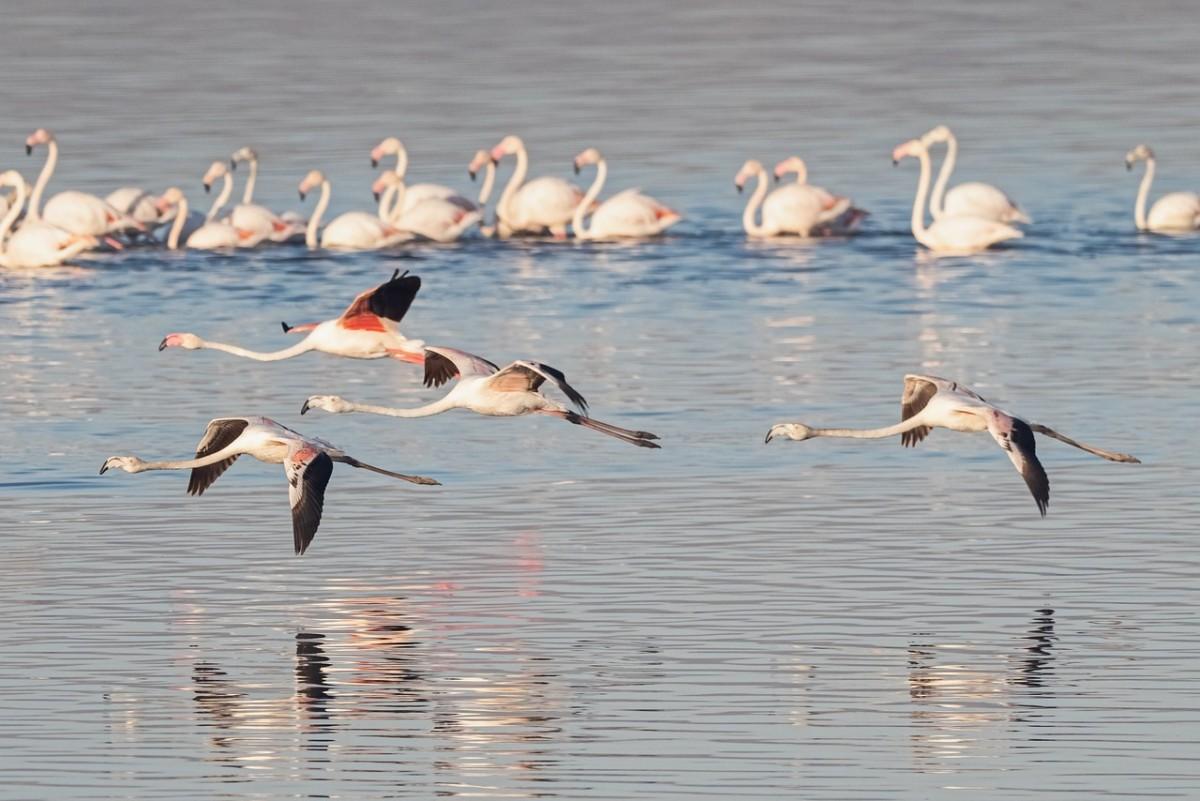
- Name: Greater flamingo
- Scientific name: Phoenicopterus roseus
- Conservation status:
The greater flamingo is the most common and widespread species of flamingo on the planet. It is also the largest one of them and can be found in Africa, the Indian subcontinent, southern Europe, and the Middle East.
While mature individuals are pink, chicks are completely gray and fluffy. Their color comes from their diet: the organisms that live in their feeding grounds give them the characteristic pink color.
5. Crab plover
- Name: Crab plover
- Scientific name: Dromas ardeola
- Conservation status:
The crab plover is a species of bird related to the waders. It is native to the eastern coast of Africa, the southern coast of the Middle East, and the coastlines of the Indian subcontinent. It is a small animal with partially webbed feet.
It nests in burrows in sandy banks, in colonies of up to 1,500 pairs. Both males and females have to take care of the young and bring them food.
6. Manavi long-fingered bat
- Name: Manavi long-fingered bat
- Scientific name: Miniopterus manavi
- Conservation status:
The Manavi long-fingered bat is a species of bat native to eastern and central Madagascar and Comoros. Compared to other bats, it is quite small and has black, red, or brown fur.
This bat can be found at 900 to 1,500 m / 3,000 to 4,900 ft, and is considered of least concern. However, even though it is widely distributed, for now, it is hunted for food.
7. Southern right whale
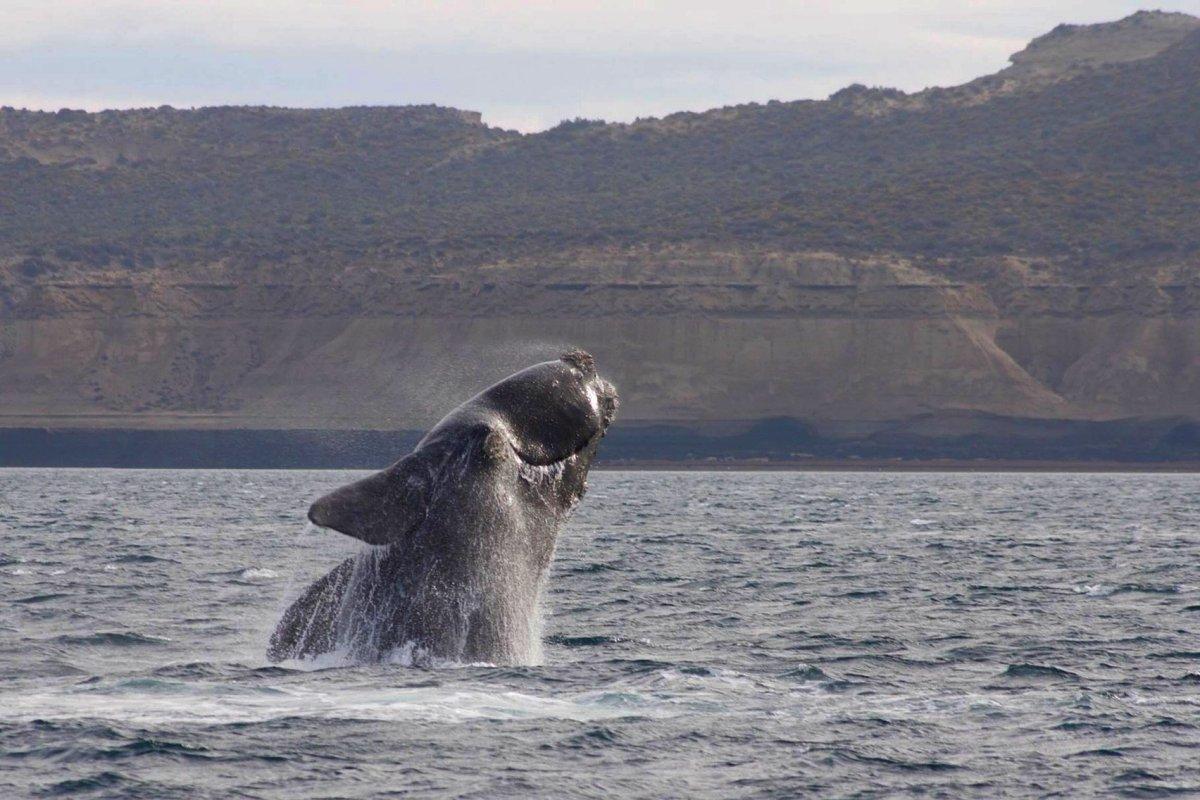
- Name: Southern right whale
- Scientific name: Eubalaena australis
- Conservation status:
The southern right whale is a species of baleen whales, which are classified as right whales, native to the southern oceans, between the latitudes of 20° and 60° south.
Just like other right whales, the southern right whale has callosities on its head and no dorsal fin. The callosities are white because of large colonies of whale lice. Even though the lifespan of this species is not 100% clear, it could very well reach over 100 years old!
8. Grey-headed gull
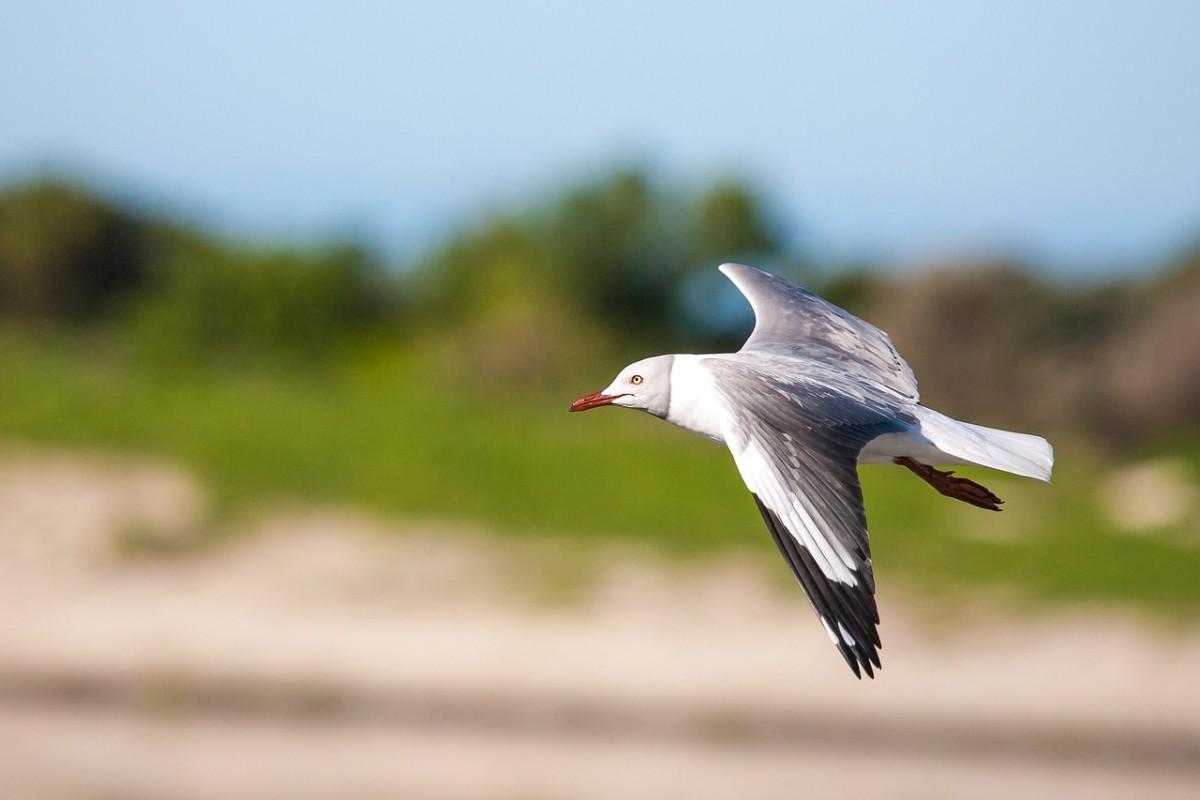
- Name: Grey-headed gull
- Scientific name: Chroicocephalus cirrocephalus
- Conservation status:
The gray-headed gull, also known as the gray-hooded gull, is a small species of gull native to South America and sub-Saharan Africa. While it is not a migratory bird, it is still more widespread during the winter.
This gull lives in large colonies and does not venture at sea, but rather stays around the land. If feeding conditions are met, it is possible to see hundreds or even thousands of these gulls together.
9. Indo-Pacific bottlenose dolphin
- Name: Indo-Pacific bottlenose dolphin
- Scientific name: Tursiops aduncus
- Conservation status:
The Indo-Pacific bottlenose dolphin is a species of bottlenose dolphin native to India, Australia, China, the Red Sea, and all of eastern Africa. Compared to the common bottlenose dolphin, it is smaller and has more teeth.
For a very long time, data related to the common and the Indo-Pacific bottlenose dolphins were confused and combined, which makes the study of this species much more difficult. It is still considered near threatened due to pollution and problems associated with local fisheries.
10. Red-tailed tropicbird
- Name: Red-tailed tropicbird
- Scientific name: Phaethon rubricauda
- Conservation status:
The red-tailed tropicbird is a species of seabird native to the tropical areas of the Indian and Pacific Oceans. This bird can be seen in many countries, usually in a large colony. In 2020, there were 10,800 red-tailed tropicbird nests at Johnston Atoll.
This tropicbird gets its name from the characteristic red tail, highly prized by the Maori. In Hawaii, the locals used to pull the streamers off the birds as they nested.
11. Orca
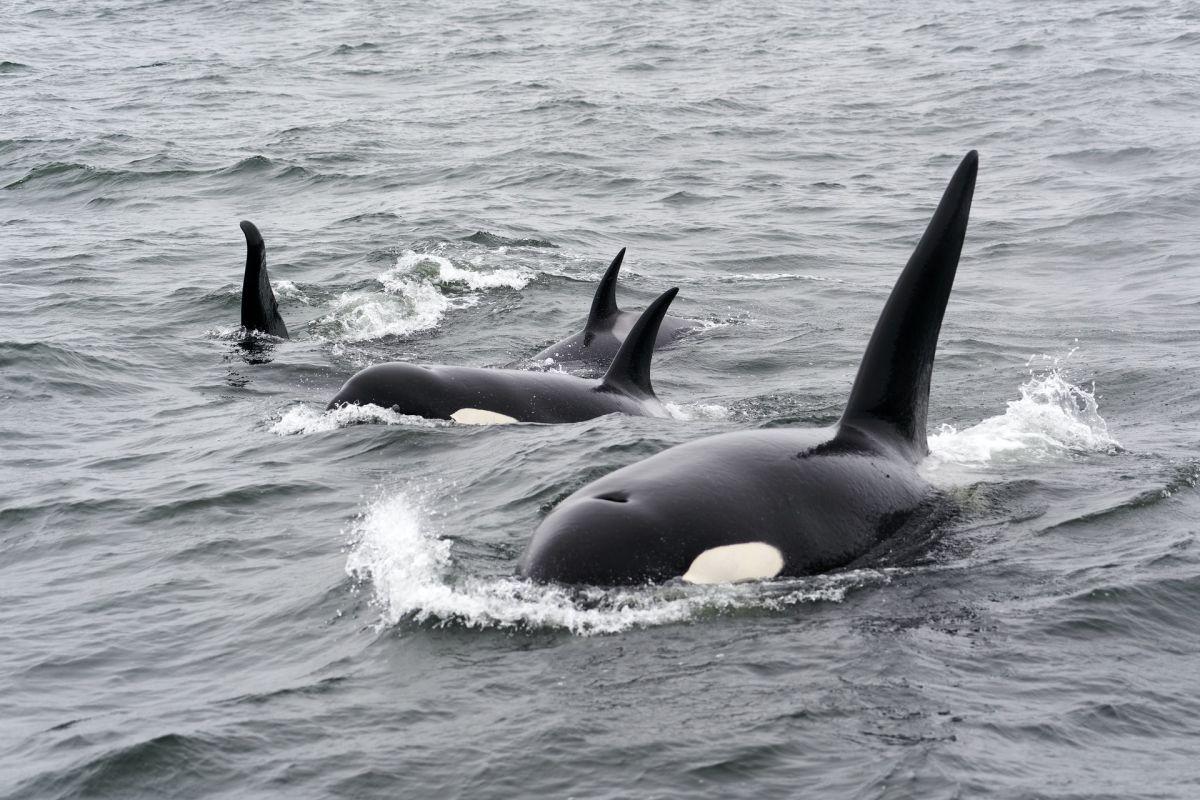
- Name: Orca
- Scientific name: Orcinus orca
- Conservation status:
The orca, also known as the killer whale, is truly a fantastic animal. It is a species of toothed whale native to every ocean around the planet: in fact, it has one of the largest possible ranges of all marine animals.
With an iconic black and white body, the orca has a very diverse diet and will feed on anything it can, from fish to dolphins and seals.
12. Barn owl
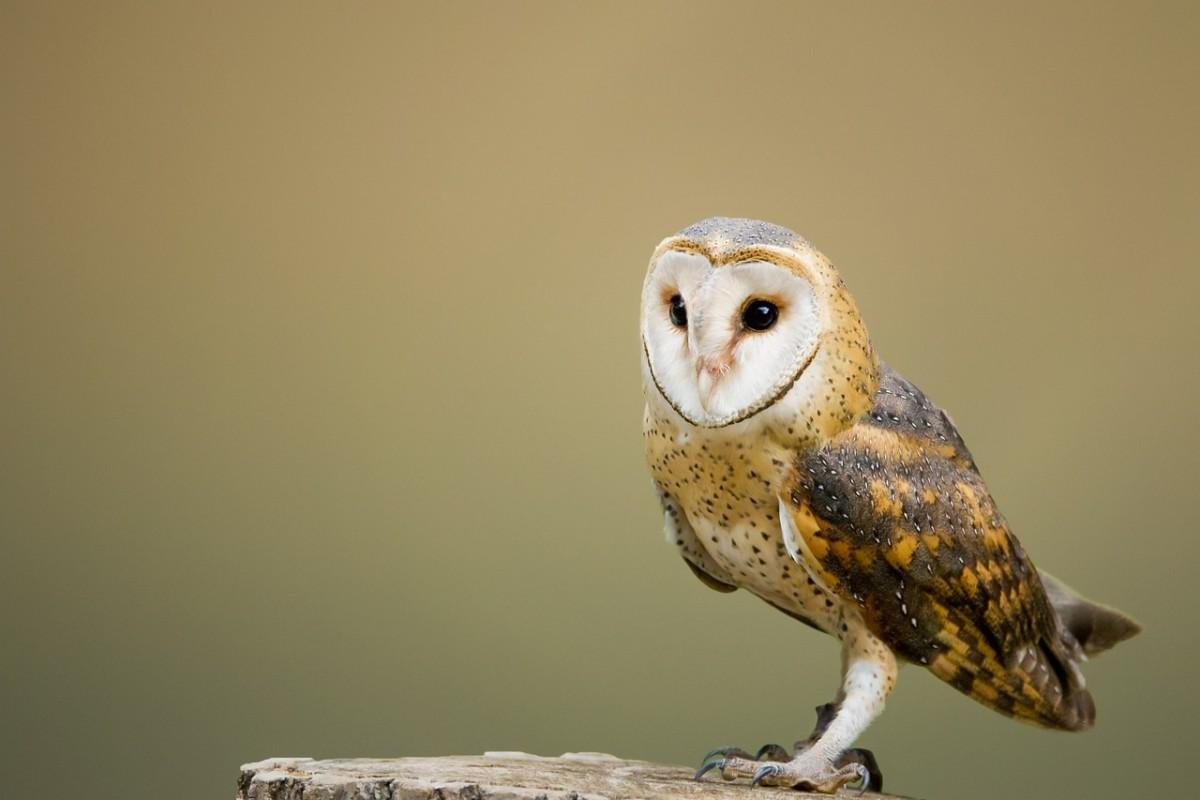
- Name: Barn owl
- Scientific name: Tyto alba
- Conservation status:
The barn owl is the most common species of owl in the world. It is also one of the most widespread species of birds and can be found anywhere on the planet except in desert and polar regions.
This owl is largely nocturnal, but can occasionally hunt by day. It is specialized in hunting ground animals such as rodents or small mammals, which represent the vast majority of its diet.
13. Livingstone’s fruit bat
- Name: Livingstone’s fruit bat
- Scientific name: Pteropus livingstonii
- Conservation status:
Livingstone’s fruit bat, also known as the Comoro flying fox, is a species of megabat and an Old World fruit bat endemic to Comoros.
Not only is it the largest bat on the Comoros, but it is also the rarest: considered critically endangered, the Comoro flying fox has a very small and fragmented range. Because of this, the IUCN launched an action plan for the protection of this species in 1995.
—
So there you have them, these were my 13 wild animals in Comoros. I hope you enjoyed this list and that you learned something new today.
In case you want to learn more about animals in the country, feel free to keep reading, as I still have lots of things to tell you about:
Endangered Animals of Comoros
This is definitely the saddest part of the list, but it is essential to raise awareness. Because of this, let’s go through the list of endangered animals in Comoros.
Here are the animals in danger of extinction in Comoros.
- None
- Great hammerhead
- Hawksbill turtle
- Livingstone’s flying fox
- Oceanic whitetip shark
- Mongoose lemur
- and 2 more…
- Madagascar heron
- Anjouan scops-owl
- Grey reef shark
- Madagascar pond-heron
- Pelagic thresher
- and 23 more…
To see the full list of endangered species in Comoros, head over to the International Union for Conservation of Nature’s Red List.
What is the National Animal of Comoros?
The national animal of Comoros is the mongoose lemur.
The mongoose lemur is a small species of primate native to Madagascar and the Comoros Islands. It is arboreal and lives in family groups. Its diet is mostly made of fruit, flowers, nectar, and leaves.
In Comoros, the population of mongoose lemurs is growing and the species could be saved: it is indeed critically endangered, and particularly threatened in Madagascar.
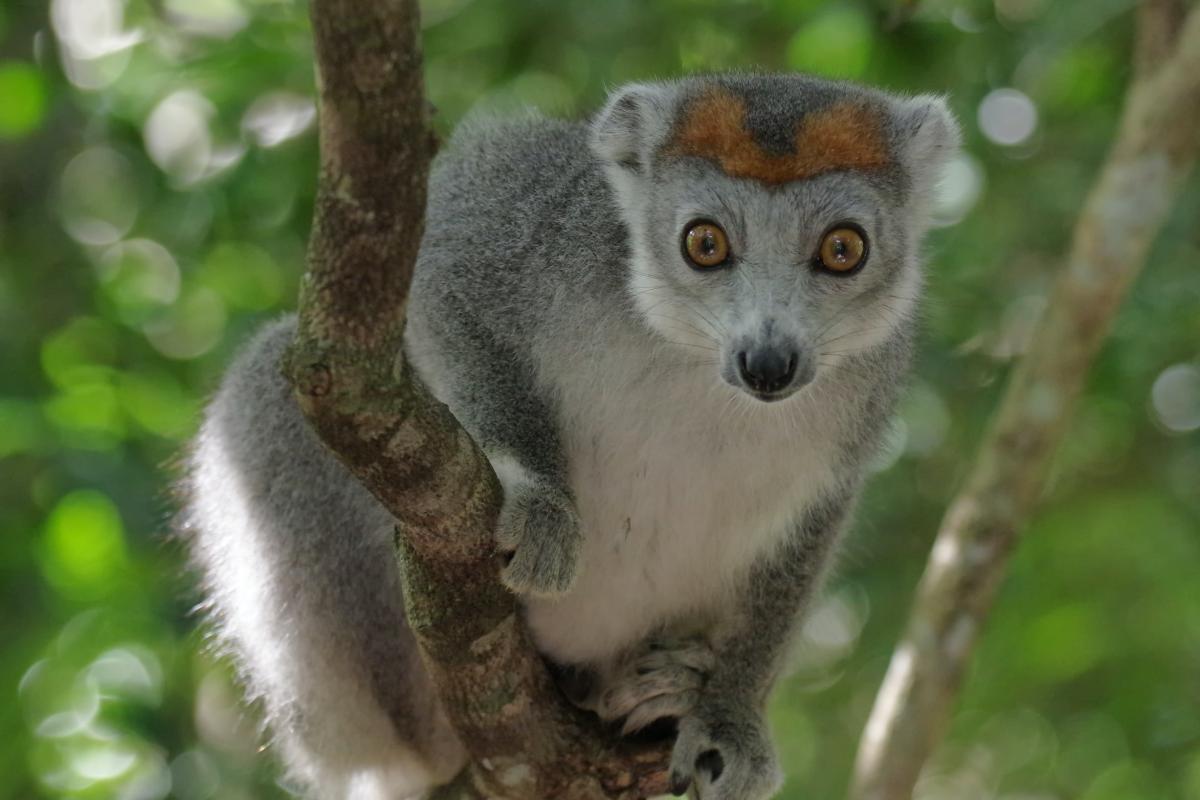
How Many Animals Native to Comoros?
What is the diversity of native animals in Comoros?
Let’s look at the total number of species of Chordata (mammals, birds, fishes, and reptiles).
Total number of animal species in Comoros: 1,279 (14,205 in total in Sub-Saharan Africa)
More About Animals in the World!
Loved these Comoros animal facts? Want to see what animals live in other countries?
Then check out these posts:
Or click here to see ALL the facts up on the blog! Spoiler alert: there’s A LOT of them.
Share the knowledge! Click on the buttons below to share information about these famous animals in Comoros with your friends, and help them learn more about the world 🙂
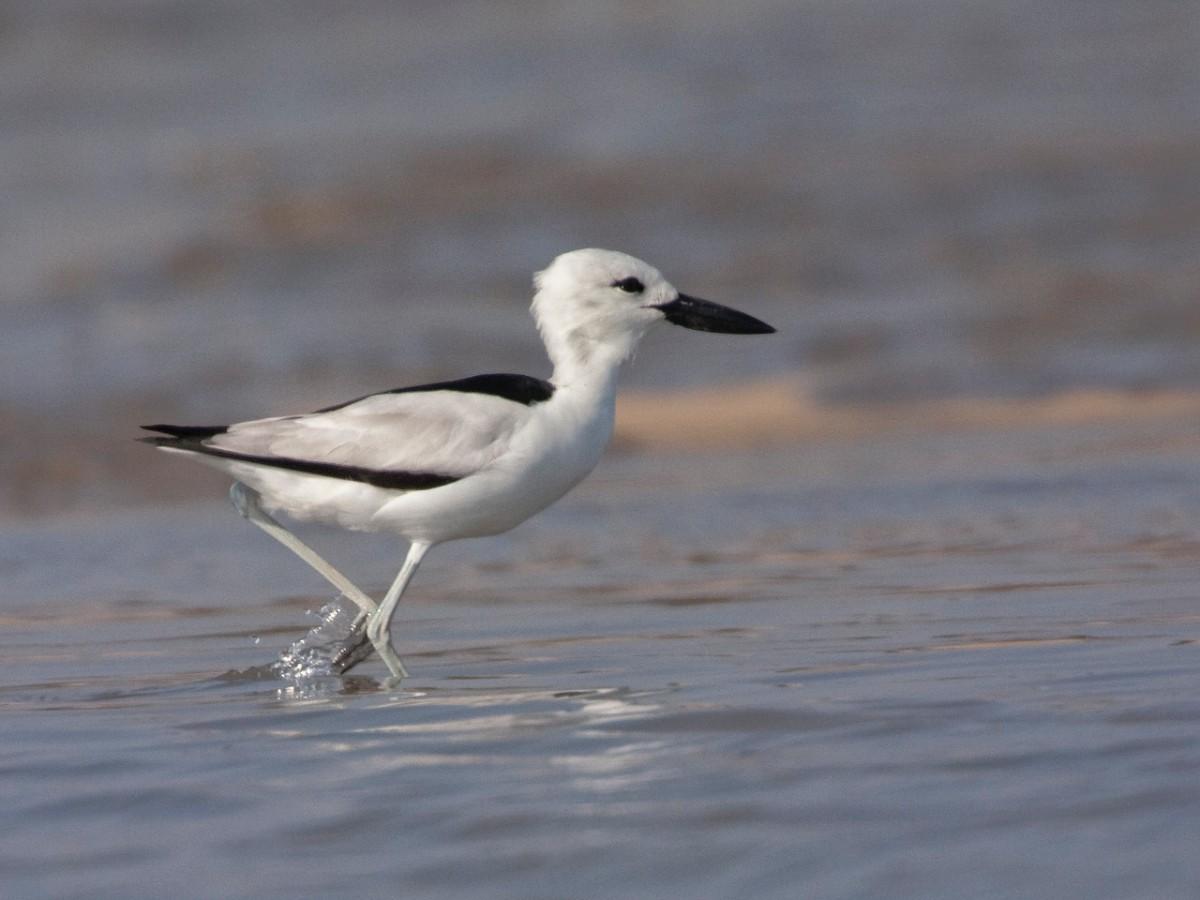
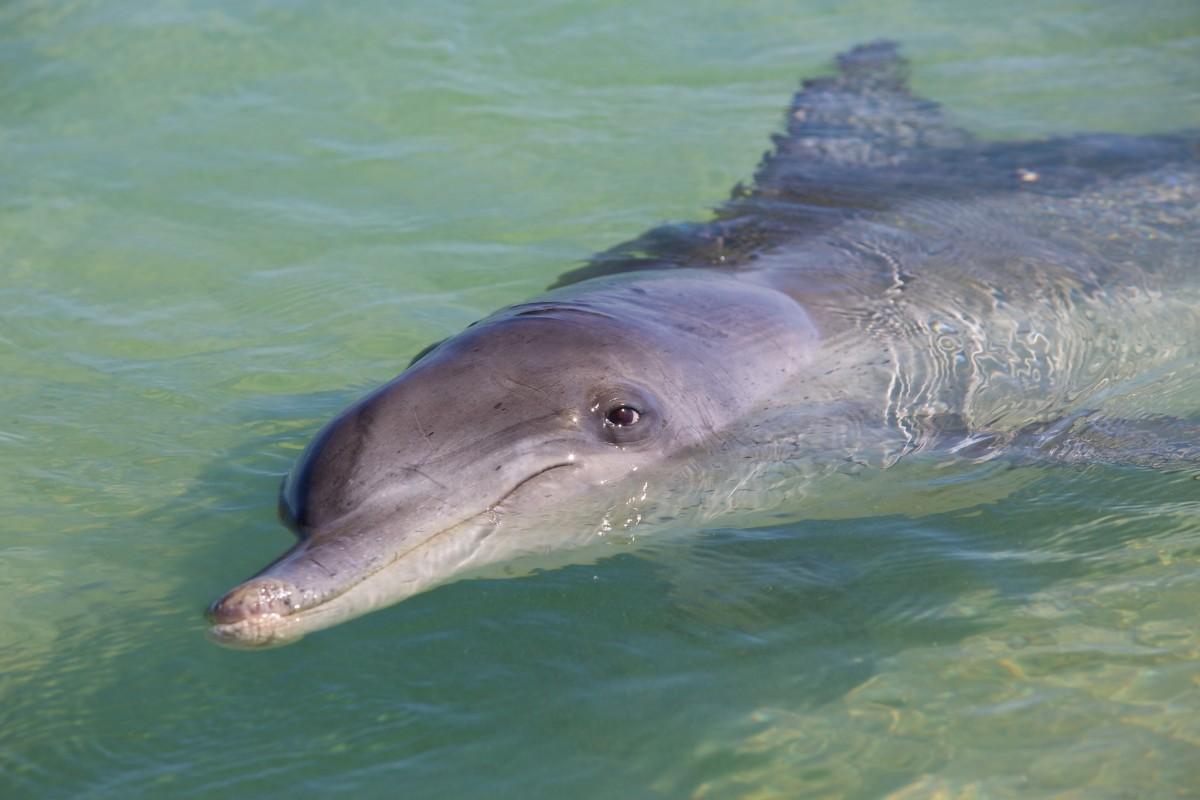
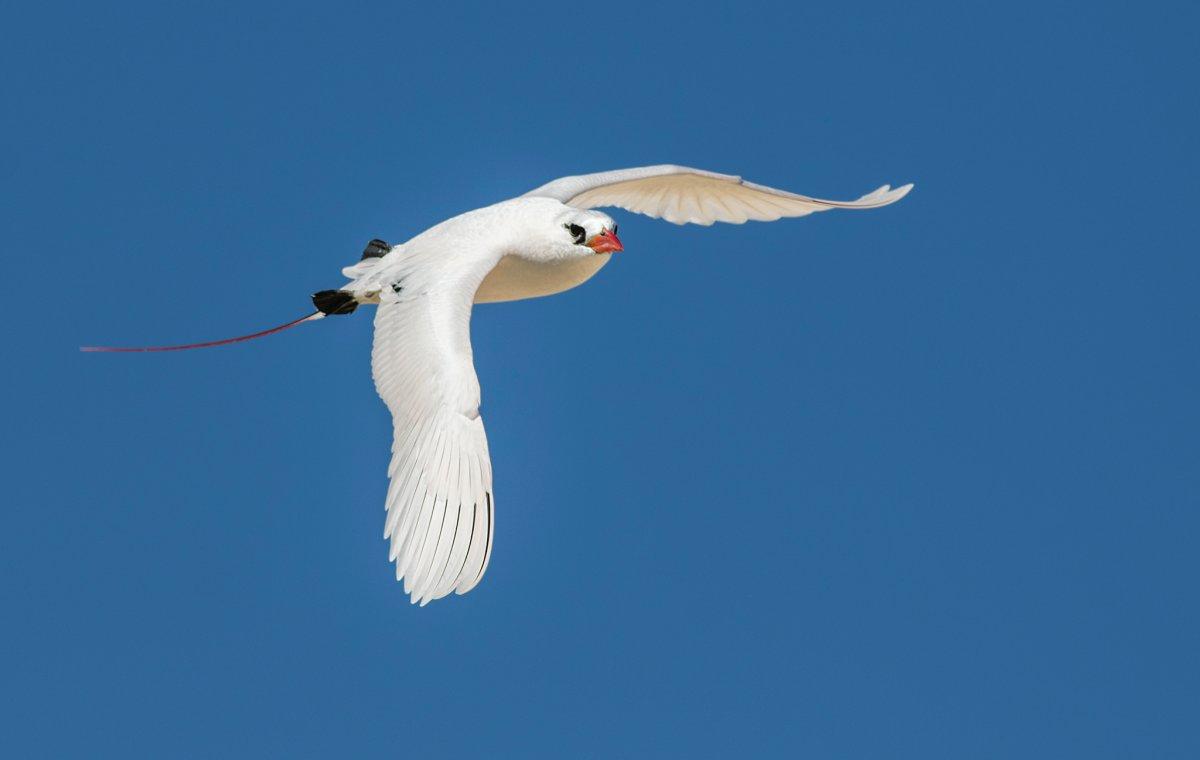
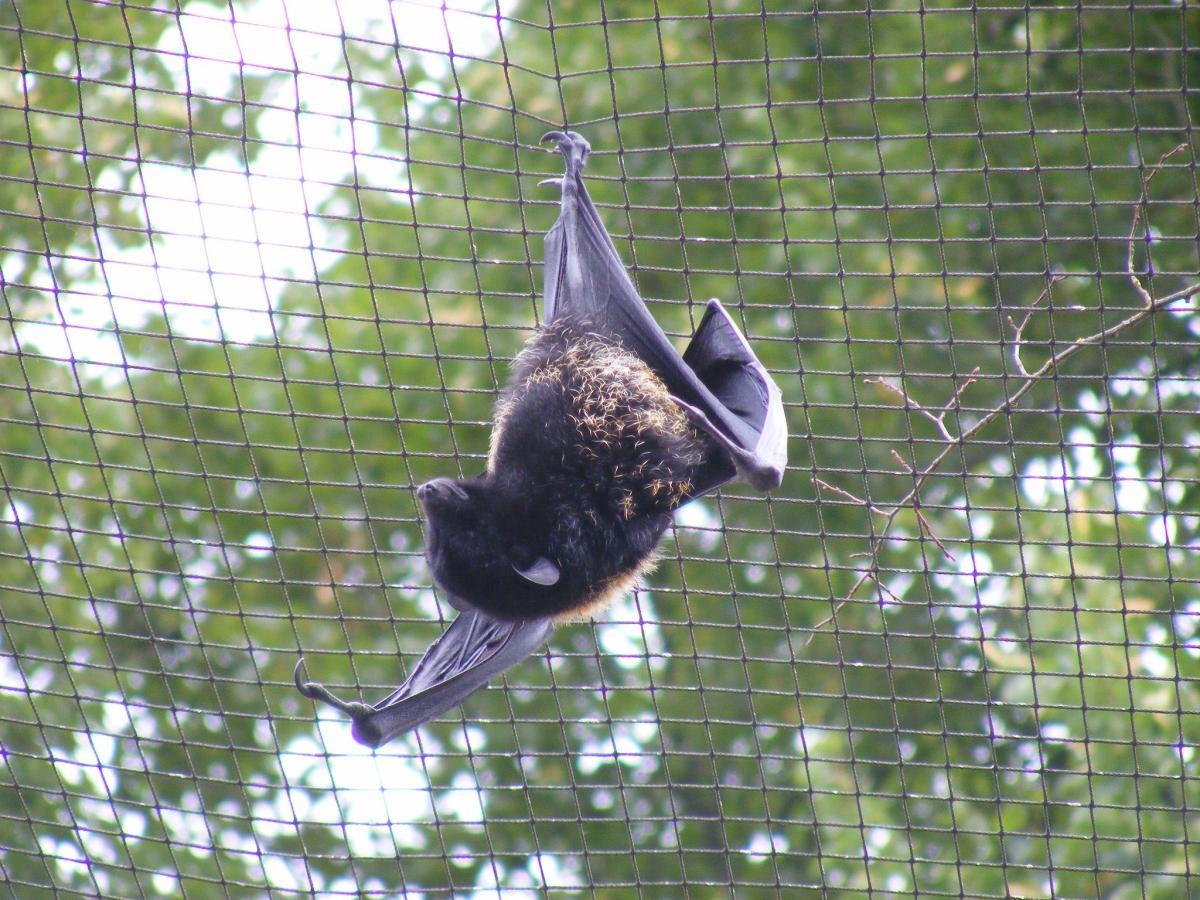

![40 Wild Animals in the UK [Wildlife in Britain]](https://www.kevmrc.com/wp-content/uploads/2022/10/40-wild-animals-in-the-uk.jpg)
![33 Wild Animals in Panama [Wildlife in Panama]](https://www.kevmrc.com/wp-content/uploads/2022/08/33-wild-animals-in-panama.jpg)
![21 Wild Animals in Guatemala [Wildlife in Guatemala]](https://www.kevmrc.com/wp-content/uploads/2022/08/21-wild-animals-in-guatemala.jpg)